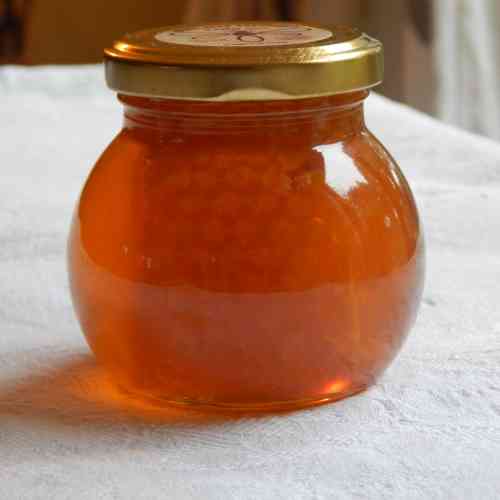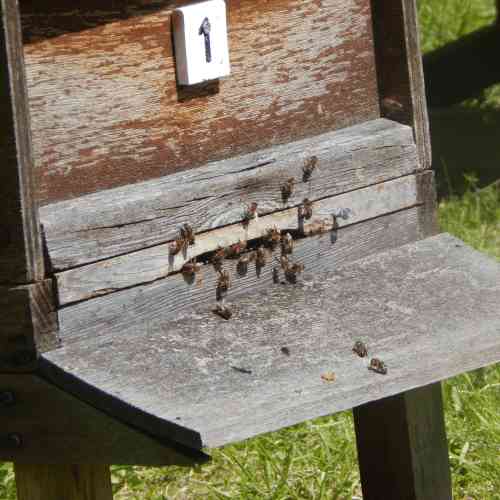A to Z of
Honey Bees And Beekeeping:
E - F
|
A |
E
European Foul Brood
Caused by the bacterium, Melissococcus
pluton this is a disease which infects the guts of developing larvae, and
competes with them for food. It is a
notifiable disease – meaning the relevant government authorities must be
informed. It creates yellowish larvae
that lie in twisted positions. Sometimes
bees will identify the infected larvae, and eject these larvae themselves.
It can spread through the spores which can be voided into cells from infected larvae that have survived to pre-pupal stage. Heavily infected hives are destroyed, although shaking the swarm into new hive during the early stages of infection, is also likely to be an effective strategy for dealing with foul brood.
This method is called ‘shook swarm’ or the ‘shakedown method’, and the
colony must be sufficiently strong to withstand this method of
intervention. However, see your local
regulations and guidance for methods of dealing with this issue.
Exoskeleton
The hard, outer body of the insect, that supports and
protects the insect.
Extraction
The process of removing the honey from the combs. Honey extractors may be used, or the process
may be done by placing the honey comb in a sterile bucket. The comb and honey may be mashed and then the
honey strained away through clean muslin.
Alternatively, honey may be sold as ‘comb honey’ (or ‘chunk’ honey) –
i.e. without undergoing extraction. The
honey comb itself is edible.

F
Fanning
Fanning is carried out by bees to help regulate the
temperature and ventilation within the hive.
Feeder
These are filled with sugar syrup for the purpose of feeding
bees.` Special feeders can be purchased
(circular feeders, contact feeders, frame and tray feeders). However, for station feeding (outside of
the hive), beekeepers may adapt other types of feeders for the purpose, such as
a feeder ordinarily used with pets or other livestock.
Fondant
Fondant (or candy) is made by beekeepers by boiling sugar
and water to create a soft food for bees.
Foulbrood
Serious bee disease, manifesting as American Foulbrood (AFB)
or European Foulbrood (EFB).
Flight Board
A strip in front of the hive on which bees land.
Used by some beekeepers and not others.

Foundation
A wax sheet which has been embossed with a hexagonal pattern
upon which the bees can build combs. Top
bar hives do not use foundation sheets, instead the bees are left to build
cells to the sizes the bees themselves design.
Frame
A wooden (or in some hives, plastic) from which bees build
their combs. Frames enable beekeepers to
remove the wax combs from the hive.
If you found this page helpful or interesting, I'd really be grateful if you would share it with others - if not this page, perhaps another, such as Gardening For Bees.
Thank you so much :) .


